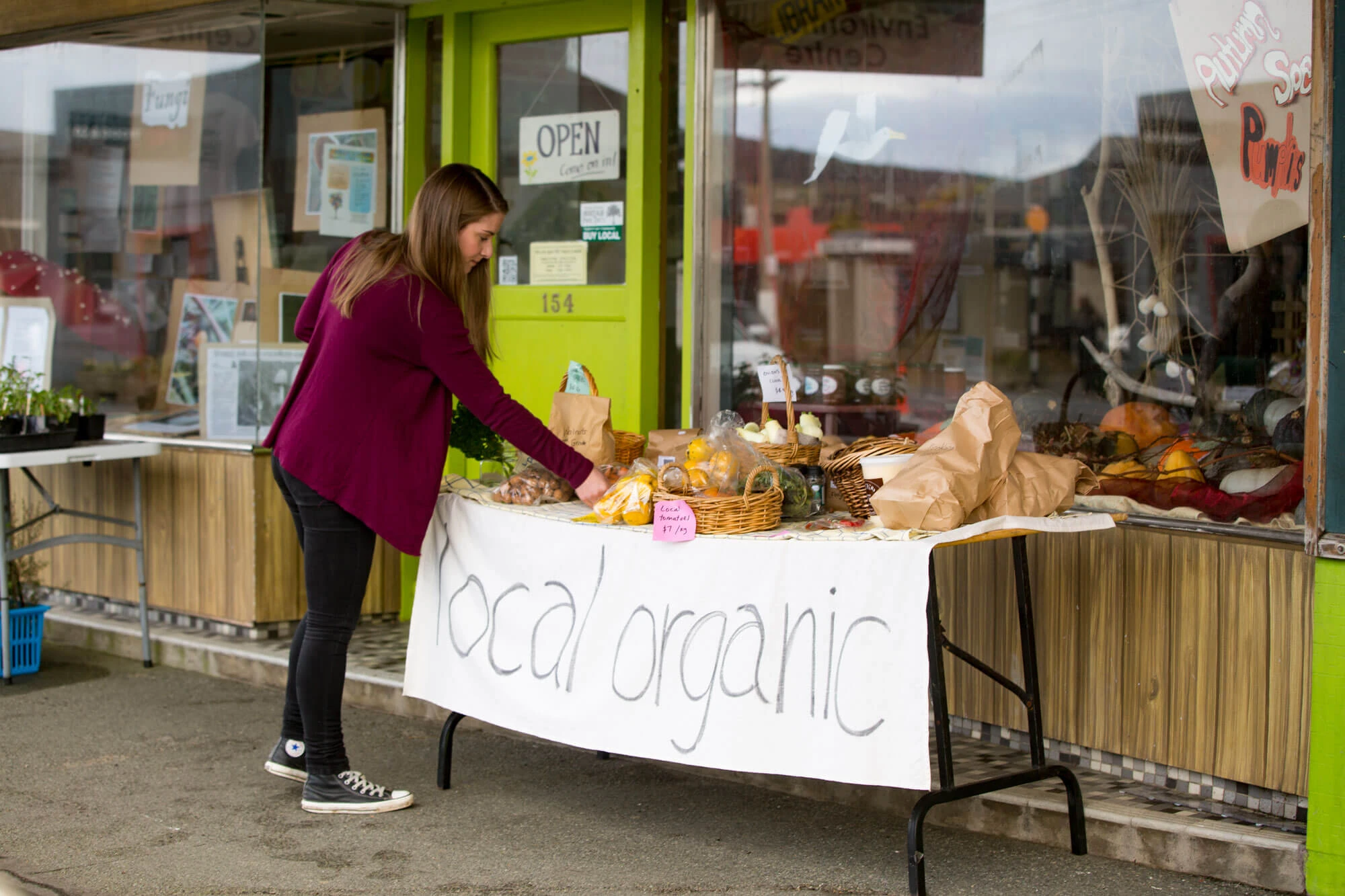Arnica (Arnica montana)
Introduction
Arnica is a very hardy plant that originates from central Europe. It has a dark brown cylindrical rhizome with green foliage. The leaves form a flat rosette at the base of the plant with the flowers emerging from this. The flowers are orange yellow in colour, look similar to a daisy and typically reach 30–60cm in height. The plant is a perennial, dying down over winter and then coming away again the following spring.
Arnica has been used for centuries as a medicinal plant. It has well known external uses as a soothing remedy for bruises and sprains. The active components in Arnica are known to reduce inflammation, decrease pain, and kill germs. As alternative forms of healing become more popular, products such as Arnica will be used in greater quantities.
The flowers from Arnica are harvested, dried and then either steam distilled, or soaked in oil to leach out the active components. This is then used in a range of health products.
Growing Arnica
| Propagation: | Arnica is grown from seed in propagation trays and then pricked out. |
| Yields/ha: | 300–700kg dry flowers/ha in year 3. |
| First harvest: | Some flowers harveted in 1st year. More production in years 2 and 3. |
| Full production: | Year 3. |
| Training/Pruning: | Cut back in winter. |
| Time of flowering: | November–February depending on site. |
| Crop protection: | Nil. |
| Soil type: | Moist, sandy and very well drained soils. Plants seem to have some tolerance to drought conditions. pH 5.5–7.5 |
| Fertilisers: | General NPK fertilisers OK. Watch excessive N as it may cause disease problems on new lush growth. |
| Weed control: | Essential. Arnica is a very slow growing plant and competition from weeds such as white clover is a major problem. One of the main impedimants to organic production. |
| Pest/Diseases: | Snails, Looper caterpillars, Rabbitts. Also watch for Phoma. Can be very susceptible to disease under high humidity conditions. |
| Harvesting: | The flowers are harvested from Arnica usually when fully opened. Gloves are usually worn. Flowers are dried at or below 45°C to protect the active components before extraction. |
| Marketing: | Three New Zealand companies are currently looking to buy Arnica. It is one of the only medicinal herbs that is in short supply. |





